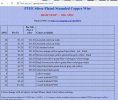johnmicheal
Active Member
This is Tube buffer I build with Brimar CV4003 12AU7.
All the load line and safety factor considered while designing.
Sound is very lush and warm with huge soundstage and instrument separation,
Silky smooth.
Please see attached video.
Comments are welcome.
I have Mundorf Supreme 4.7 uF capacitor ,which I will try on weekend for output coupling capacitor.
Pictures attached
All the load line and safety factor considered while designing.
Sound is very lush and warm with huge soundstage and instrument separation,
Silky smooth.
Please see attached video.
Comments are welcome.
I have Mundorf Supreme 4.7 uF capacitor ,which I will try on weekend for output coupling capacitor.
Pictures attached
Attachments
-
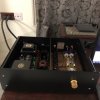 8615D532-55D2-41B0-8320-EA38B90A9BDE.jpeg447.5 KB · Views: 149
8615D532-55D2-41B0-8320-EA38B90A9BDE.jpeg447.5 KB · Views: 149 -
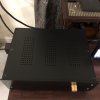 6779D260-B472-43C7-818E-7F517D3136A1.jpeg399.9 KB · Views: 152
6779D260-B472-43C7-818E-7F517D3136A1.jpeg399.9 KB · Views: 152 -
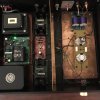 E0DABBA5-FBF4-412B-A775-8CD248F96733.jpeg554.3 KB · Views: 153
E0DABBA5-FBF4-412B-A775-8CD248F96733.jpeg554.3 KB · Views: 153 -
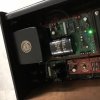 54398C2A-B680-4906-B3D7-AE6709755CAC.jpeg372.3 KB · Views: 151
54398C2A-B680-4906-B3D7-AE6709755CAC.jpeg372.3 KB · Views: 151 -
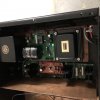 2BED1C01-1748-45C6-9323-29B47AE80D48.jpeg385.9 KB · Views: 141
2BED1C01-1748-45C6-9323-29B47AE80D48.jpeg385.9 KB · Views: 141 -
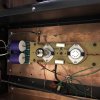 DA099BE4-86D9-4539-8EBB-93CD61915307.jpeg509.3 KB · Views: 139
DA099BE4-86D9-4539-8EBB-93CD61915307.jpeg509.3 KB · Views: 139 -
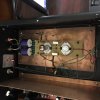 42F54FA7-D3FA-4917-B7AB-BBC74114EF59.jpeg372.6 KB · Views: 148
42F54FA7-D3FA-4917-B7AB-BBC74114EF59.jpeg372.6 KB · Views: 148


